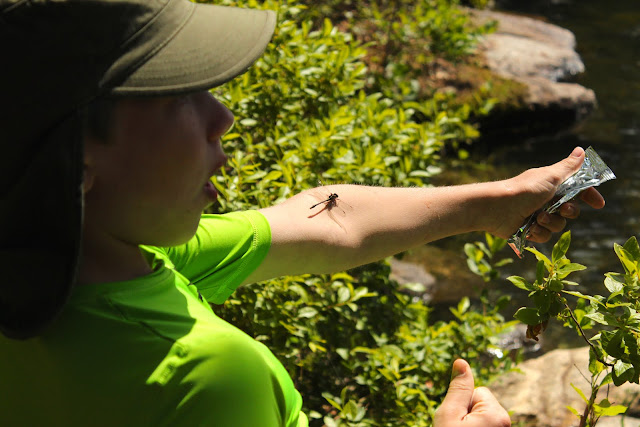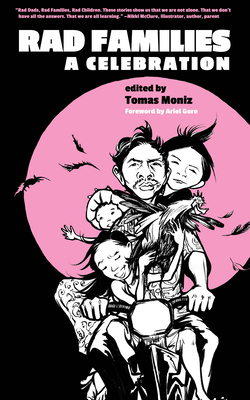Having a single post to cover all I read in 2016 was a bit overwhelming—both to write and, I'm sure, to read. So I've decided instead to do a monthly recap of books I've read, and share a little about each book. For past months, see:
January Reads
February Reads
March Reads
April Reads

Turns out May was a super read-ey month. So much so that I had to take two separate pictures of my books! (Well, that may have been due in at least part to some of them being due back at the library before the month was out.)
 Poetry.
Poetry. I had the good fortune to hear Naomi Shihab Nye speak at a poetry festival last month, and there I picked up a copy of her book
Words Under the Words. I was familiar with her name, but I wouldn't say I was acquainted with her poetry, until I came across "
The Art of Disappearing," which has been the guiding poem of my life ever since I heard it on "The Writer's Almanac" years ago (although I always think of it as the "Pretend You're a Cabbage" poem). Shihab Nye's poetry often starts in the every day—a fig, a broom, sheets—but takes readers deep into what it means to be a human in this damaged world of ours. I read the whole darn book and never figured out how she does it, but I will be reading more.
Fiction. Three whole novels this month! First, I read
Lillian Boxfish Takes a Walk by Kathleen Rooney, which is based on the life of the "highest-paid woman in advertising" of the 1920s-30s, and is a very interesting jaunt into NYC of the mid-20th century and the life of Lillian Boxfish. The book is framed on a walk she takes through the city on New Year's Eve 1984 and deftly weaves back and forth into her complicated and rich past. My mom sent my a copy of
The Dead Sea Cipher by Elizabeth Peters, which she picked up at a used book store. I adore Elizabeth Peters, and though the plot of this story had a few gaping holes, it was a fun romp through archaeology and murder. I'd read it before, but long enough ago that it didn't ruin the suspense. After I made my
Egyptian skirt, I had to get
Crocodile on the Sandbank (also by Elizabeth Peters) down off the shelf, because it matches. I've read this at least three times in the past, but once I had it in my hands, I had to start reading again (and didn't stop until 1 a.m.). I think the Amelia Peabody series gets better and better the more times you read them.
Graphic Novel. I don't read a lot of graphic novels, but when I saw a graphic version of
Shirley Jackson's "The Lottery" at the library, I had to get it. Jackson is my other fave, and her grandson, Miles Hyman, did absolute justice to this iconic story with his illustrations.
Nonfiction. For fun, and also for my naturalist's book group and my nature-writing group, I read
The Soul of an Octopus. I really enjoyed Sy Montgomery's voice and writing style, and while I was fascinated by everything octopus, I would have liked a little more science about what consciousness means, which is how the book is billed, and more discussion about the ethics of containing such intelligent, sentient beings in tanks. As a bonus, I realized I had seen Octavia the octopus, with her sad infertile eggs, at the New England Aquarium when we took the kids there several years ago.
For research for my book, I read
America's Fires, by Stephen Pyne (can that really be the last name of the leading forest fire historian?), which was interesting, but probably not something you're going to pick up unless you have a fascination with wildfire. I also read
Wilderness and the American Mind, by Roderick Nash, which is a classic I feel like I should have read a long time ago. I'm not yet done with
Mountains of the Mind, by Robert MacFarlane, but I want to include it in this list because it was so interesting to read it in tandem with Nash's book, since they both explore the evolution of Western thought on wilderness/mountains from a biblical fear/hatred through the Romantic obsession with the sublime to modern overuse of the wild (well, I'm not sure that's where MacFarlane is going, but I can guess), one from the American perspective, the other British. It both frightens and encourages me that humans' perceptions of wild places have changed so much in the last 100-200 years—it means that we can continue to evolve and place greater value on wilderness, nature, and non-human life. But it can also mean that we could crank backward and once again view the wilderness as something to exploit for human gain (there are, of course, people who never changed their mind about this; I'm looking at you, Utah congressional delegation) or something horrifying and full of demons, best tamed into a pastoral landscape.
What are you reading this month?
P.S. I've decided to start a newsletter. If you'd like to sign up, there's a subscription thingy up there in the upper right corner of my webpage.













































